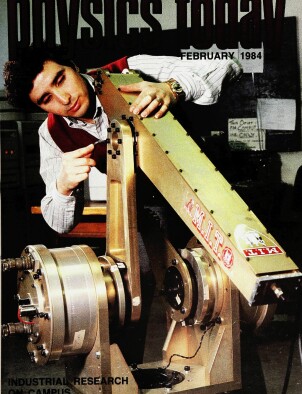Industry—university research programs
DOI: 10.1063/1.2916079
Cooperative research ventures between industrial sponsors and universities are attracting increasing attention, not only because they offer benefits for both parties, but also because they promise to improve technology transfer for the nation as a whole. Yet there are risks inherent in such arrangements, as much recent press coverage suggests. This press attention reflects a concern that the needs of industrial sponsors for proprietary secrecy and other competitive advantages may undermine academic traditions of open scientific exchange. I shall examine these issues in the light of our experience with joint programs at MIT. I am not presenting MIT as a paradigm for success in this area, but we have had, perhaps, more experience with these arrangements than any other campus (see table, page 27); also, these are the arrangements with which I am most familiar. Our experiences at MIT have led me to conclude that the incentives for both parties must, from the outset, be clarified and assessed, for they are key to the evolution of a strong and healthy partnership. I shall also discuss means we have found useful for resolving areas of innate conflict between the industrial and academic perspectives, and I shall identify the kinds of conditions we have found essential for the long‐term success of these arrangements.
This article is only available in PDF format
More about the Authors
Kenneth A. Smith. Massachusetts Institute of Technology, Cambridge, Massachusetts.




